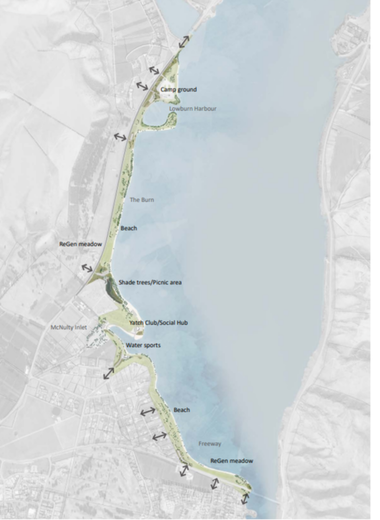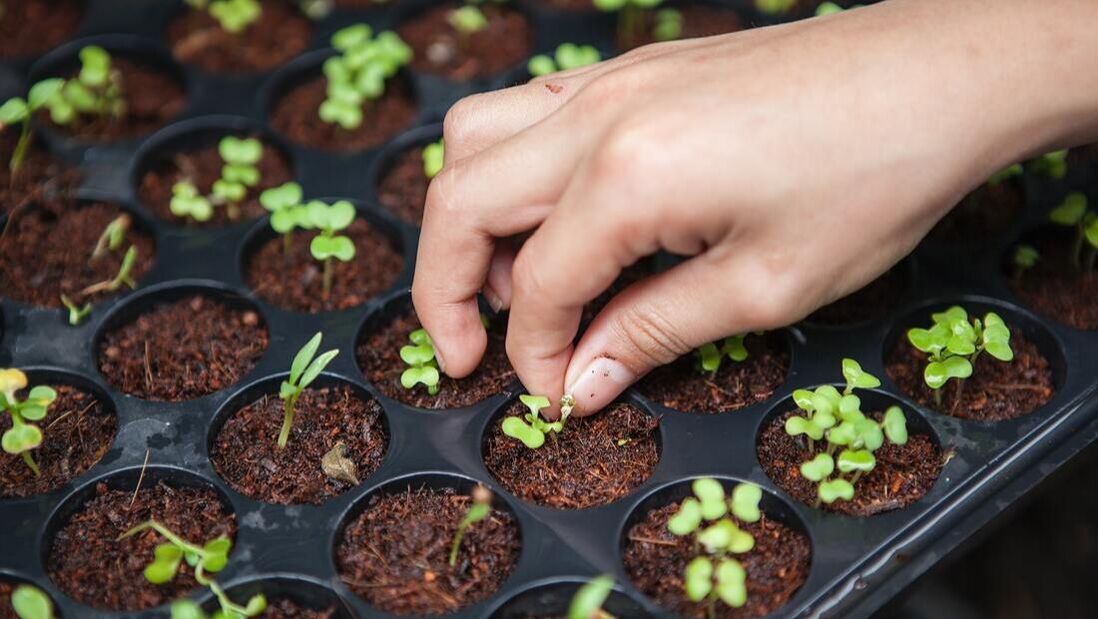Deadman's Bridge to Lowburn Bridge
|
In March 2021, LDCT received funding from LINZ as part of 'jobs for nature' and $500,000 will be invested in our ‘Bridge to Bridge’ biodiversity restoration project. This project is focused on restoring native species and improving recreational access/use from Lowburn Bridge to Deadman’s bridge.
Since the lake was created 30 years ago, the shoreline of Lake Dunstan has seen much biodiversity loss, soil degradation, damage from pests, a decline in recreation use and aquatic weed (Lagarosiphon) infestation. LINZ and the trust are working together to manage pests and invasive weed species along this area of shoreline and to introduce native fauna and flora that once thrived in the region. By creating a safer and healthier shoreline for wildlife, we can improve the mental and physical well-being of the community and visitors that travel to the region. Having a shoreline that promotes adventure, imagination and exercise will ensure the lake is utilised to its fullest potential and the continuation of management and development to correlate with the demands of the community. |
The concept landscape plan
The Bridge to Bridge landscape plan, crafted by Wanaka-based Landscape Architects Rough and Milne, delves into the ideas and potential inherent in Lake Dunstan. The concepts presented in this package have emerged from extensive discussions, on-site surveys, and thorough research. They aim to weave a narrative and propose design interventions that amplify and enrich Lake Dunstan's unique essence.
It is important to note that this concept package serves as a foundation for forthcoming individual projects that may diverge from the concept plan, considering the possibilities and anticipated growth across the region.
It is important to note that this concept package serves as a foundation for forthcoming individual projects that may diverge from the concept plan, considering the possibilities and anticipated growth across the region.
| Bridge to Bridge Landscape Plan | |
| File Size: | 30471 kb |
| File Type: | |
What plants will we use?This project is about saving and restoring the biodiversity of our shoreline and creating a legacy that impacts the lives of everyone that lives near and visits Lake Dunstan well into the future.
Species selection is a vital part of ensuring the ecosystem is restored is what would naturally be found in the area but also of those that can survive the harsh conditions. |



